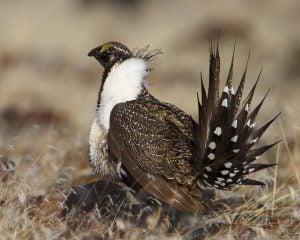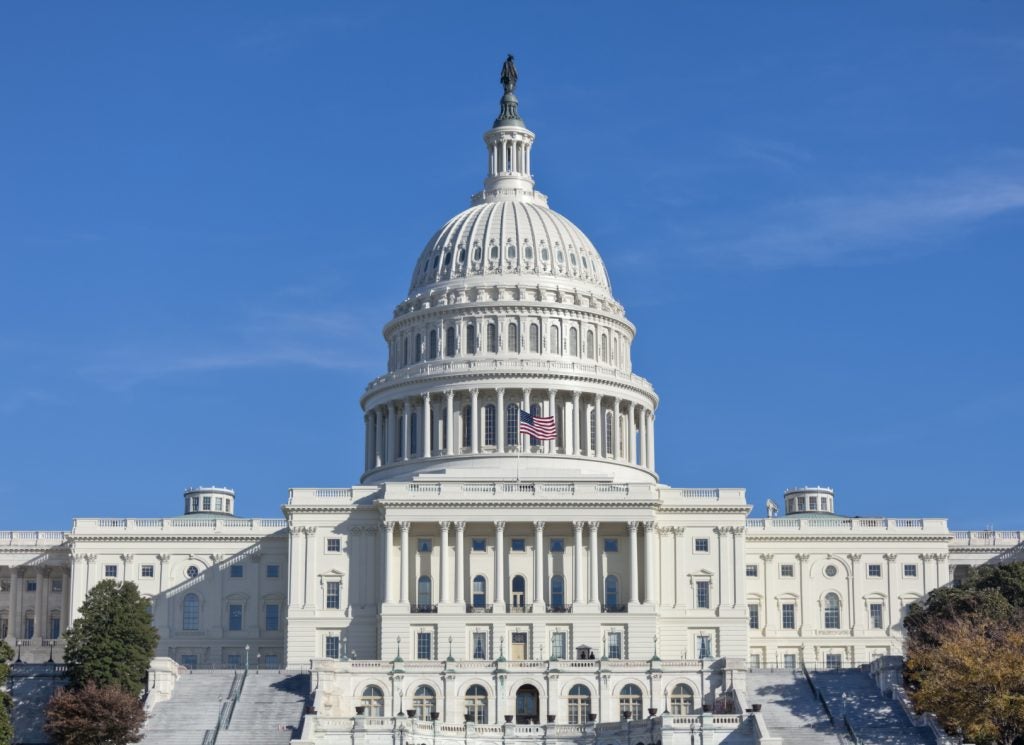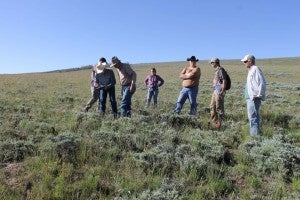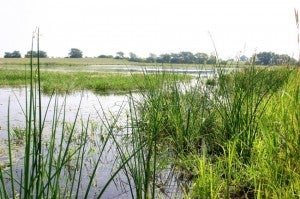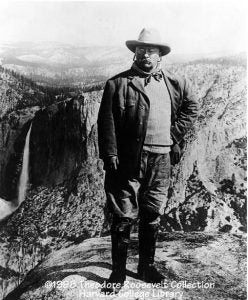
On Tuesday, President-elect Trump vowed to honor “the legacy of Theodore Roosevelt … one of our great environmentalists.” How will he make good on this promise with his Interior pick? (Credit: Harvard College Library)
Let’s face it. Over the last 30 years, when a democrat is elected president, the environmental community tends to let out a sigh of relief and cheer the appointment of a conservation-minded Secretary of the Interior. Aggies and industry, meanwhile, prepare to hunker down and fight against more endangered species listings and greater restrictions on public lands.
When a republican is elected president, enviros dust off their armor and prepare for battle against the likes of James Watt and Manuel Lujan – two former Interior secretaries known for their anti-environmental, anti-ESA agendas – while farmers and energy industry staff anxiously await the promised freedom of relaxed regulatory burdens.
Appointees on both sides take office prepared to undo the so-called “overreach” of the previous administration. But the new appointees often overreach themselves, resulting in years of lawsuits and delays in achieving their ideological master plan.
Lawyers prosper, but it’s not clear that anyone else does. Meanwhile, the environment continues to suffer. Read More »










